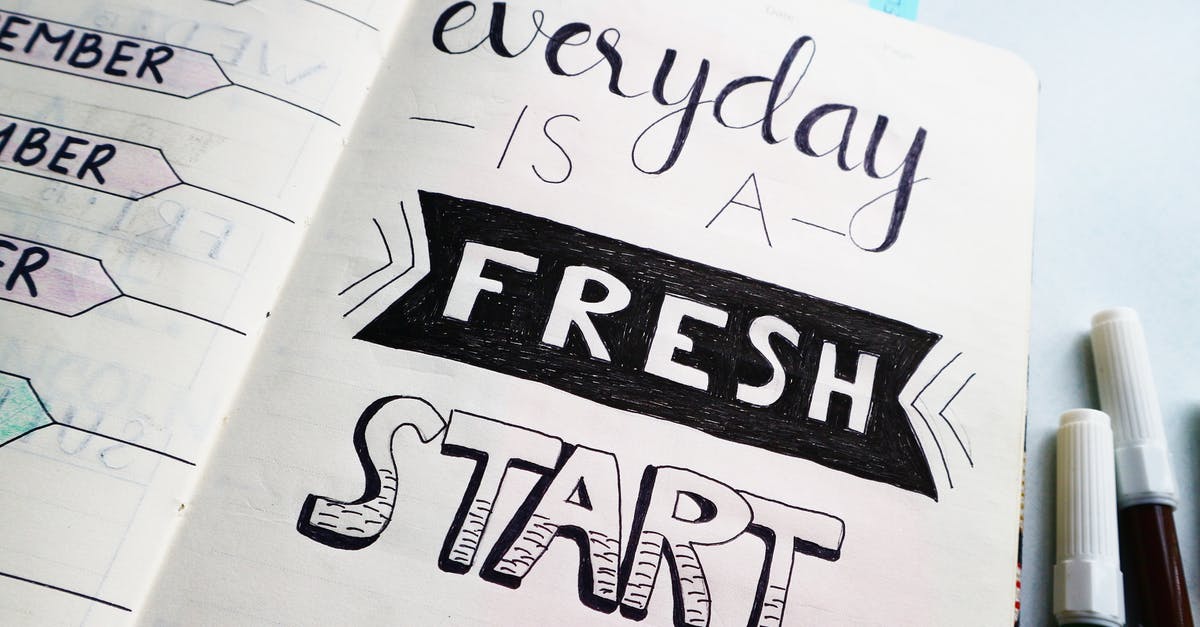Where did the "dream effect" originate?

When a TV or movie character begins to dream (or daydream), there is a common set of effects used to communicate that to the audience:
- Whitened screen or edges (a "cloudy" effect)
- Sometimes a brief waviness of the picture
- Gentle harp music
What I'd love to know is, where did this first appear? Which movie or TV show first coined some or all of this effect?
Best Answer
There is a british film from 1900, Let me dream again, by George Albert Smith (from the so called Brighton school), you can find it in the British Film Institute archive: http://collections-search.bfi.org.uk/web/Details/ChoiceFilmWorks/150057452
The film is included in their collection "1895-1910. Early Cinema" vol. 1
In the short film, a man (G.A. Smith himself) is having fun with a masked woman (his wife in real life), then the camera goes out of focus and there's a cut to a new blurred shot. When it gets back in focus, we see the same man yawning in his pijamas, in bed with a different (and quite uglier) woman that hits him.
In Chaplin's The Kid (1921), there's a complete change of scenography around him sleeping, in a subtle transition.There's a similar transition in Sherlock, Jr. (1924), but in this one Sherlock jr. (Buster Keaton) "gets out" of his dreaming body.
Of course, none of these silent films gets the Harp you mention, but they might be of use as precedents for what you need.
UPDATE (2015/10/05): Indeed, Smith's Let me dream again effect is meant to signify waking up (not beginning to dream). I have found a source that could help to go deeper. Barry Salt's Film style and technology: history and analysis (London, Starword, 2009 [1983]) includes a small section (Dreams, Memories, Visions, etc., pp. 61-62) in which he lists some more examples, among them Hooligan's Christmas Dream (Biograph, 1903),
in which the transition to the dream is made with a dissolve, but the transition back to the original scene and reality through an unexpected waking is made with a cut. The number of shot-scenes contained within such dreams gradually increased over the years[...]
.
Other examples cited by Salt:
- Le Cauchemar du caïd (Pathé, 1905)
- And the Villain Still Pursued Her (Vitagraph, 1906)
- A Dancer's Dream (Robert Paul, 1905)
- A Midwinter Night's Dream (Vitagraph, 1906)
Pictures about "Where did the "dream effect" originate?"



Why Do We Hate Dream Sequences?
Sources: Stack Exchange - This article follows the attribution requirements of Stack Exchange and is licensed under CC BY-SA 3.0.
Images: Madison Inouye, Prateek Katyal, Bich Tran, Mikechie Esparagoza
